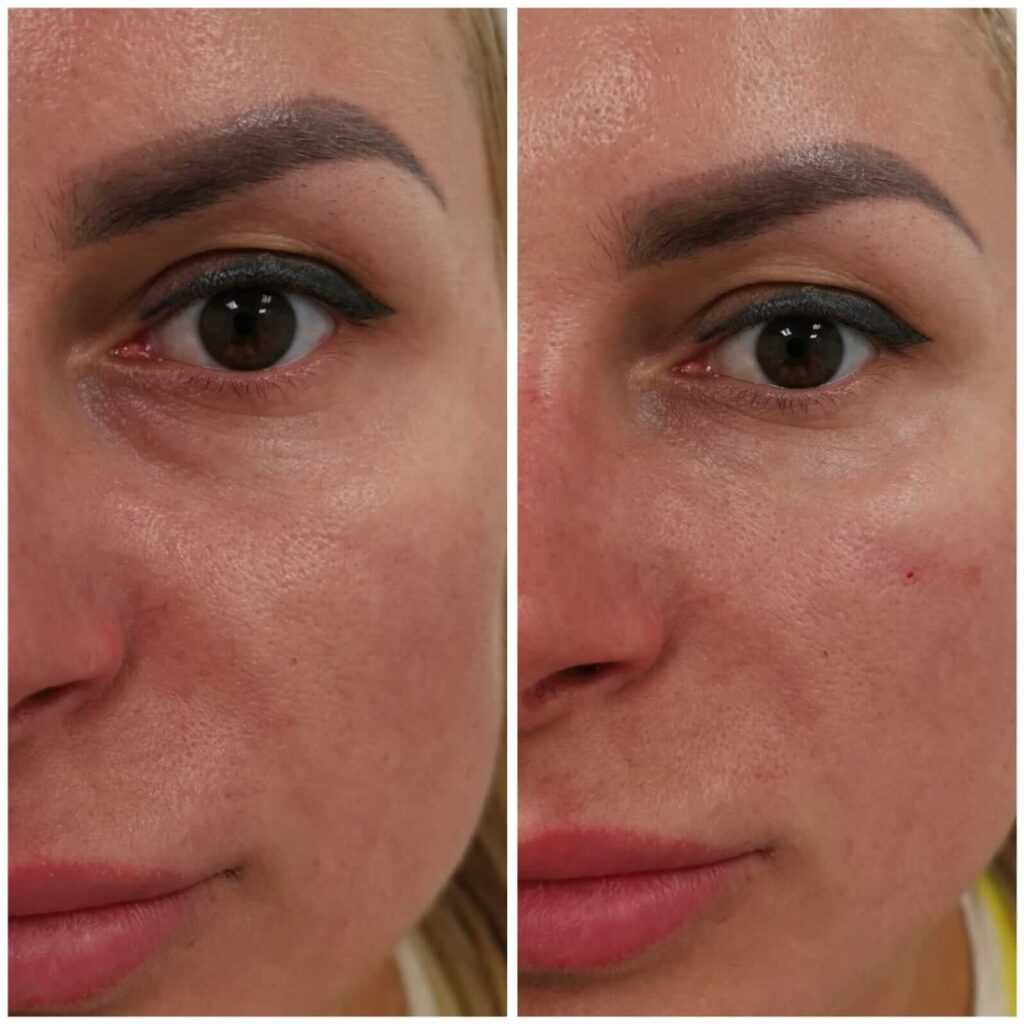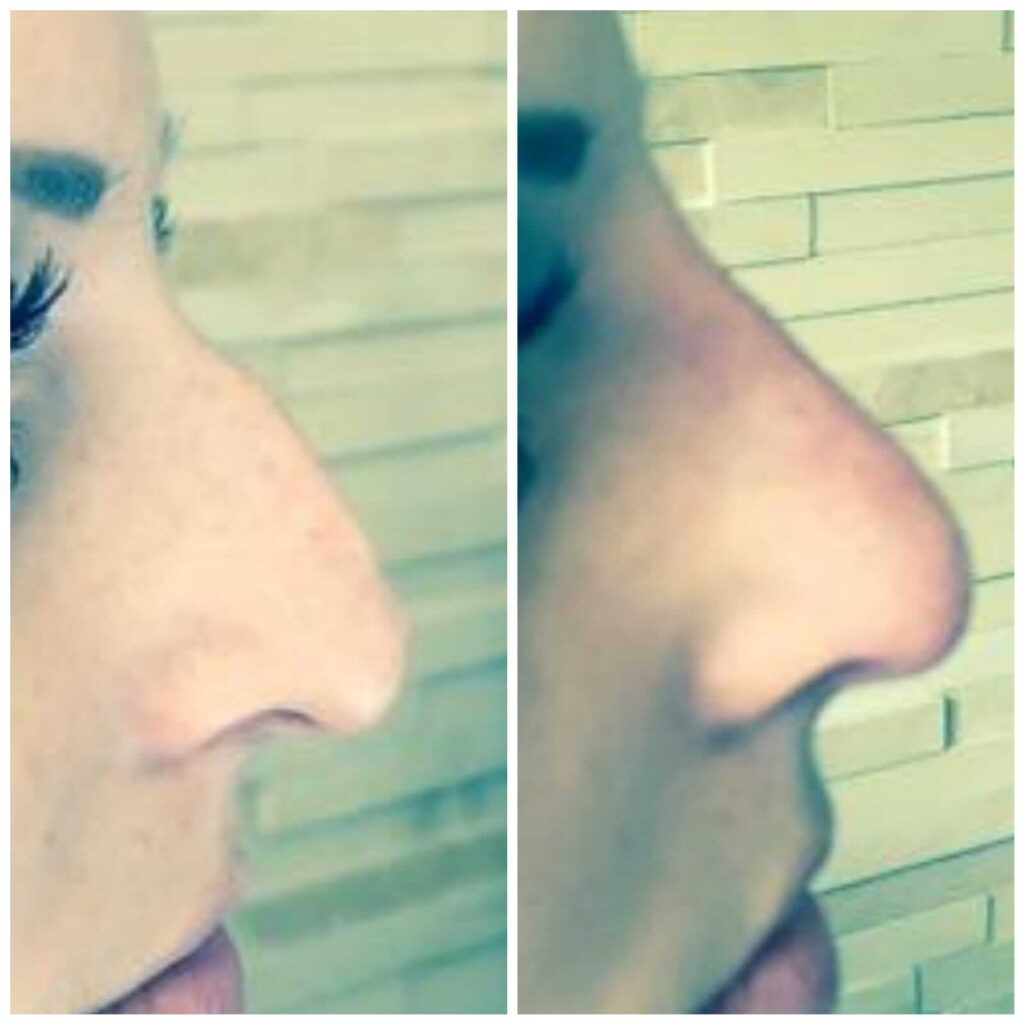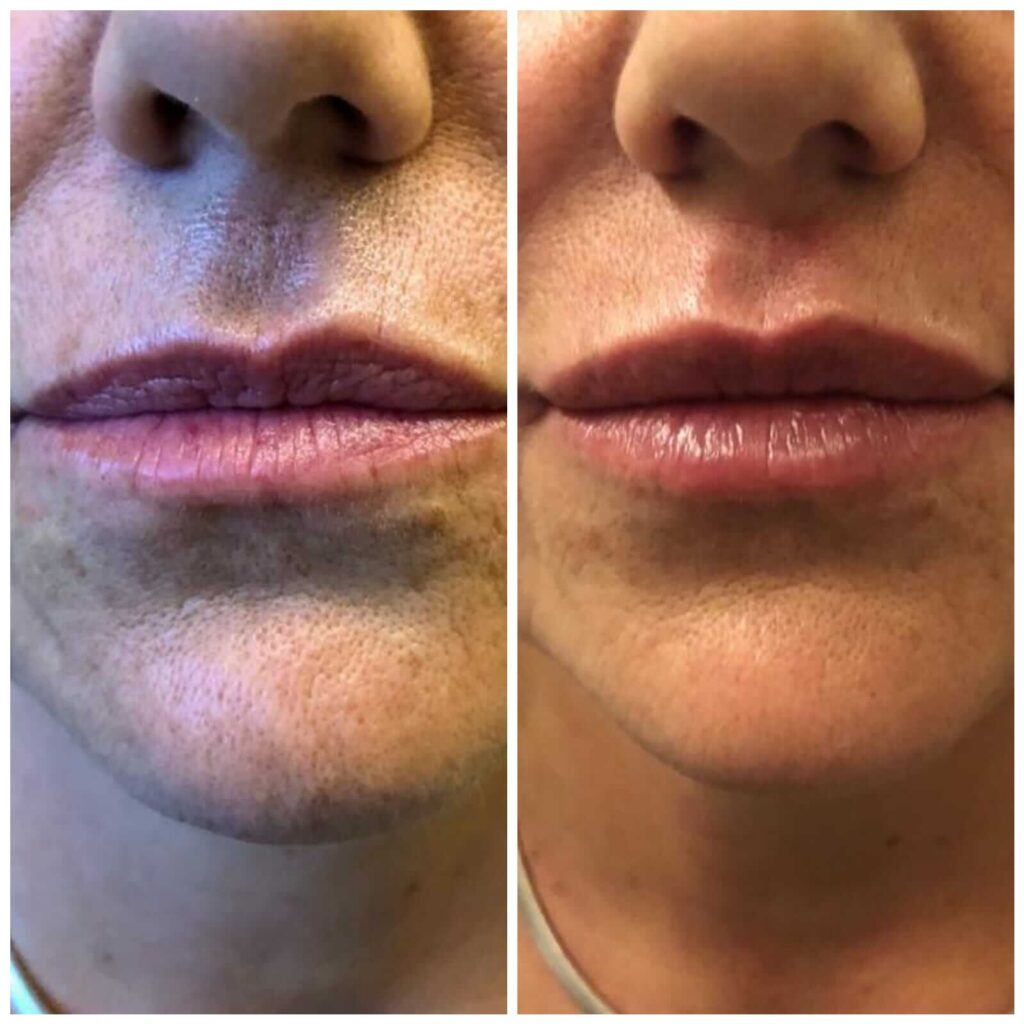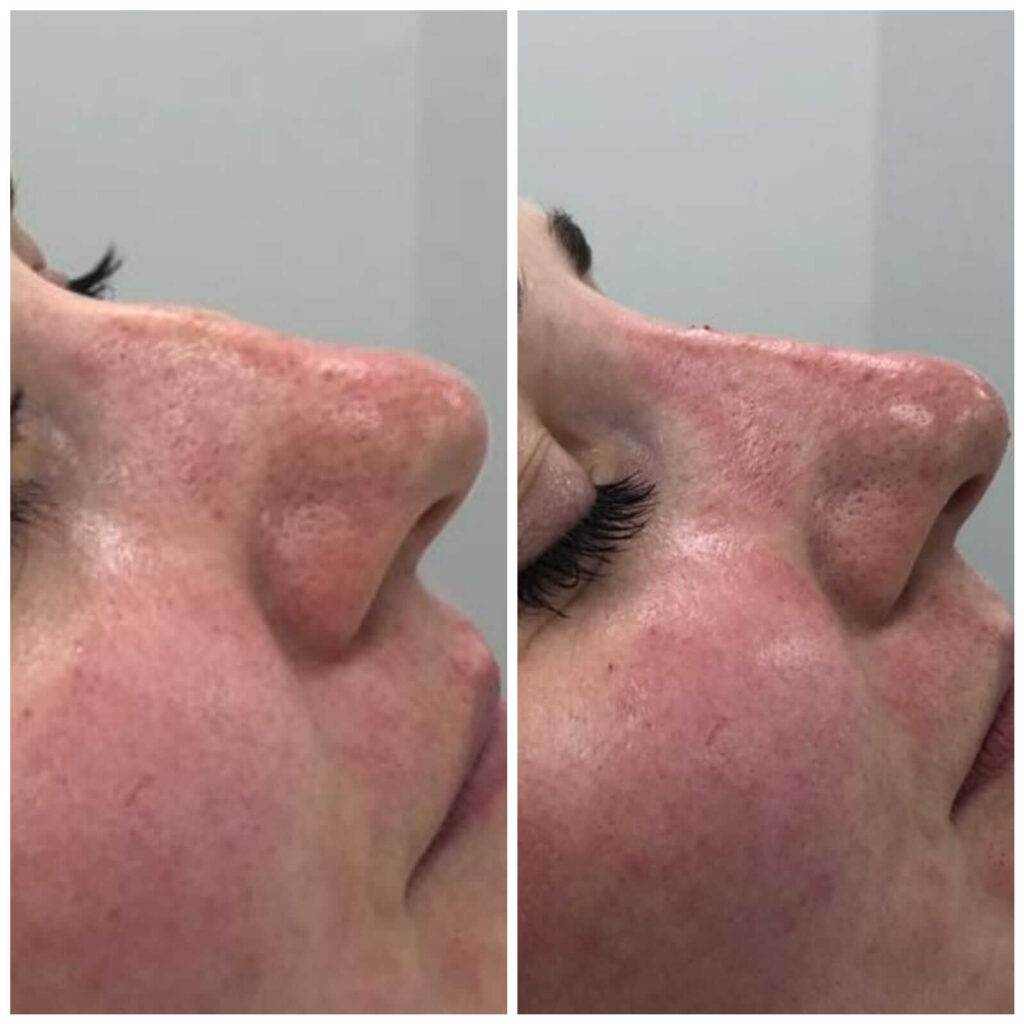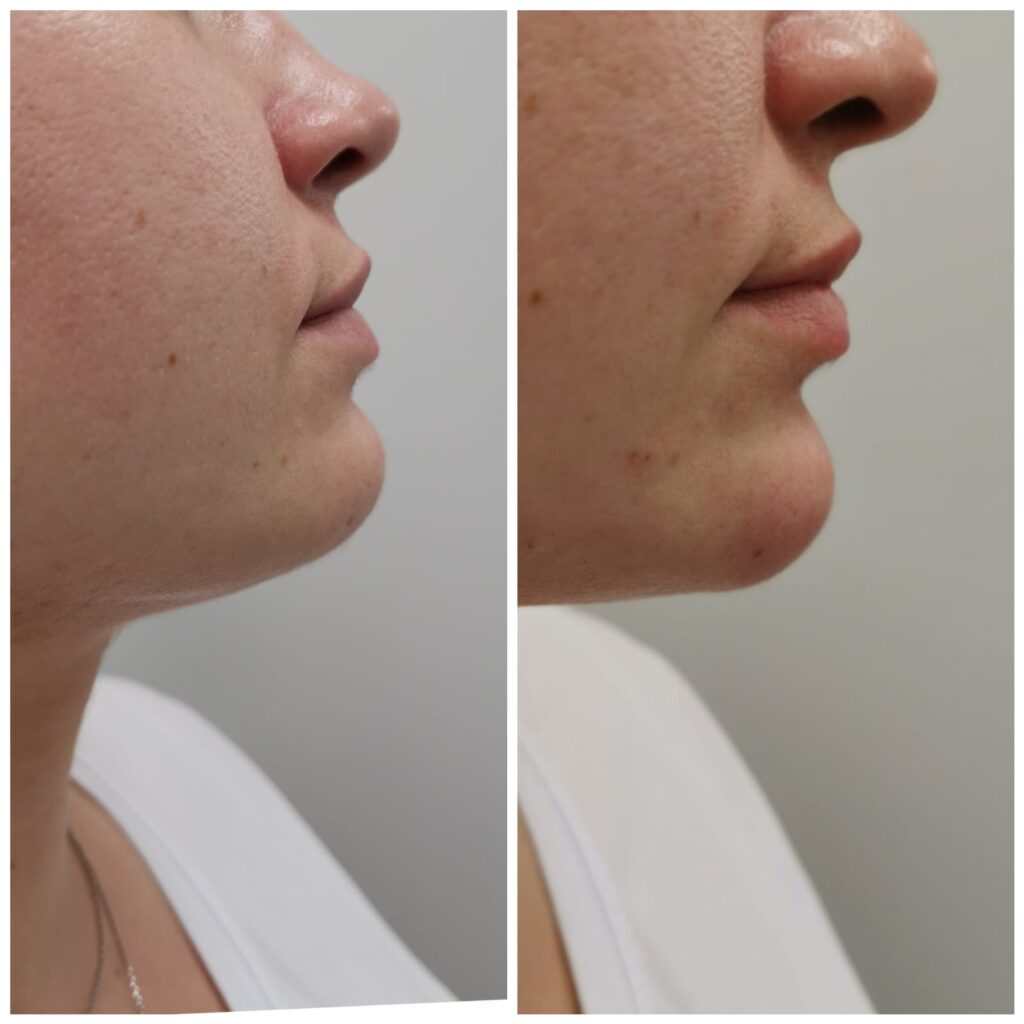Hyaluronic acid is one of the most commonly used preparations in aesthetic medicine. Is a polysaccharide naturally occurring in the human body, mainly in the skin, it is produced by fibroblasts. Together with elastin and collagen fibres, it determines the firmness, elasticity and hydration of the skin. Hyaluronic acid is strongly hygroscopic – it has a great ability to attract water molecules to itself. Its molecule can bind up to 250 water molecules.
With age, its content in the skin decreases, and as a result further wrinkles appear, the skin loses its density and elasticity, and the face oval becomes blurred. By providing hyaluronic acid to the skin, this process can be slowed down.
Hyaluronic acid used to smooth wrinkles is a laboratory preparation, but its chemical structure is identical to the structure of natural hyaluronic acid found in our skin. Therefore, the risk of any allergy symptoms is negligible.
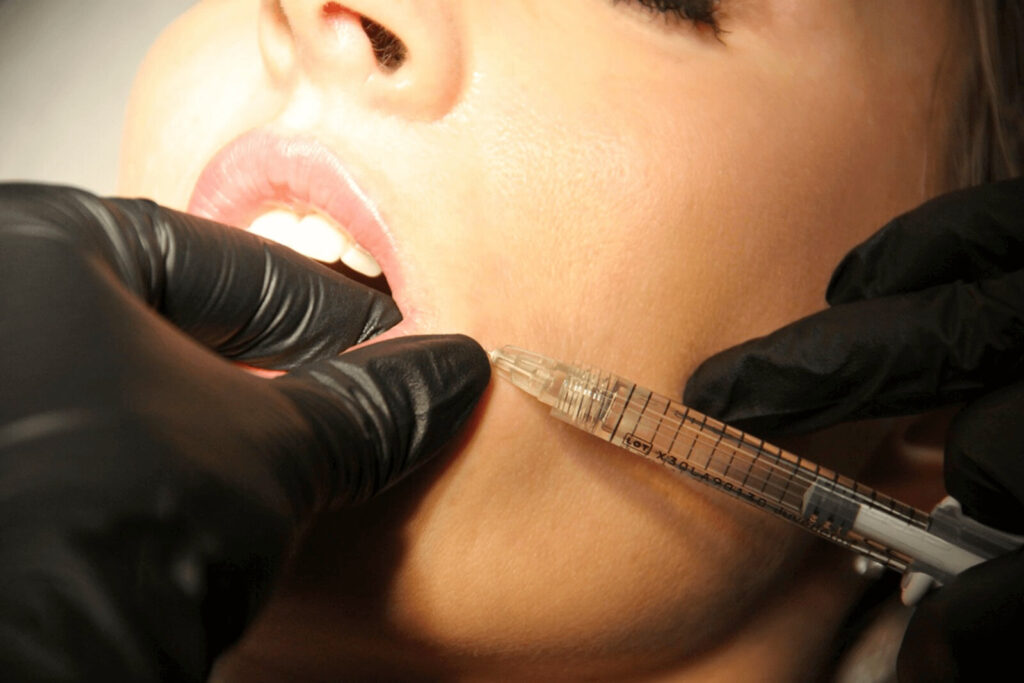
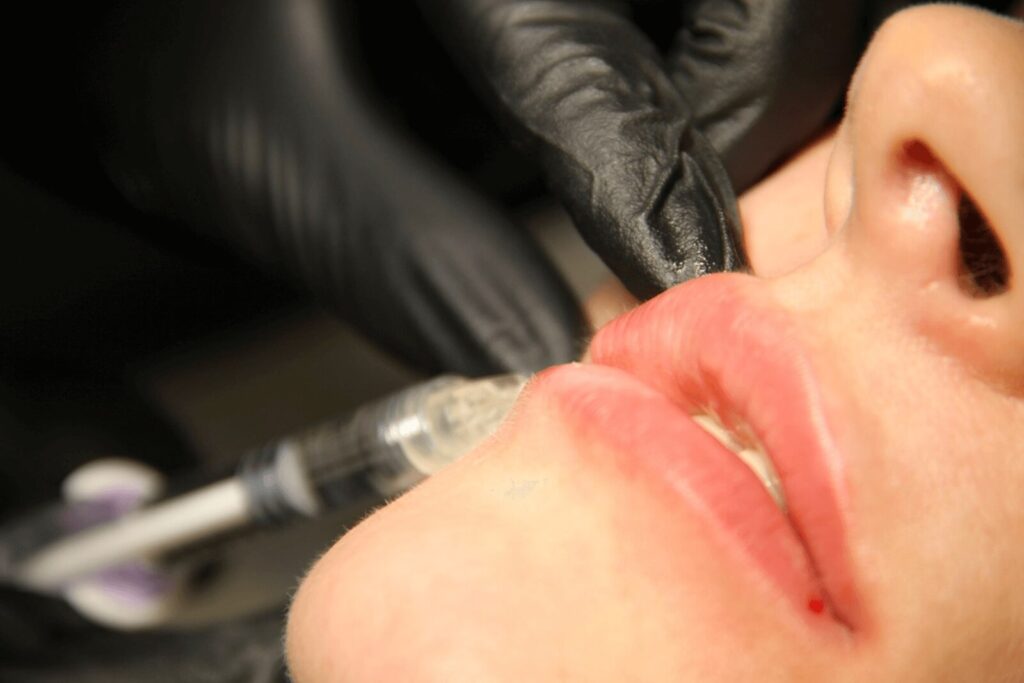
Methods of cross-linking
There are two types of hyaluronic acid: cross-linked (stabilized) and non-cross-linked.
Crosslinking creates a three-dimensional matrix that makes the acid more stable and resistant to degradation. This type of acid is used for modelling (filling) in aesthetic medicine. The acid stays in the skin for about 8-18 months due to cross-linking. Most often, a compound that is abbreviated as BDDE is used to cross-link hyaluronic acid.
On the other hand, non-crosslinked acid is used in cosmetology and aesthetic medicine, among others in mesotherapy and skin revitalization treatments. It works super moisturizing, however it is metabolized very quickly by the skin.
Skin volumetry
The technique of deep introduction of high density hyaluronic acid. Particularly satisfying effects can be obtained both for people who want to improve, emphasize the face oval as well as for people for whom the correction of volume losses resulting from the aging process is indicated.
The choice of preparation is influenced by:
- Type of treatment and its purpose
- Treatment area
- Planned depth of preparation
Indications
- Lip augmentation and modelling
- Raising the corners of the mouth
- Filling and smoothing wrinkles
- Filling nasolabial furrows
- Marionette line correction
- Filling the valley of tears
- Correction of the nose shape
- Adding volume to the cheeks
- Beard modelling
- Correction of volume losses in the temporal region
Contraindications
- Skin infections
- Pregnancy and lactation
Treatments with hyaluronic acid are performed by:

Kamila Stachura, MD
Dermatology Specialist, Aesthetic Medicine Physician
